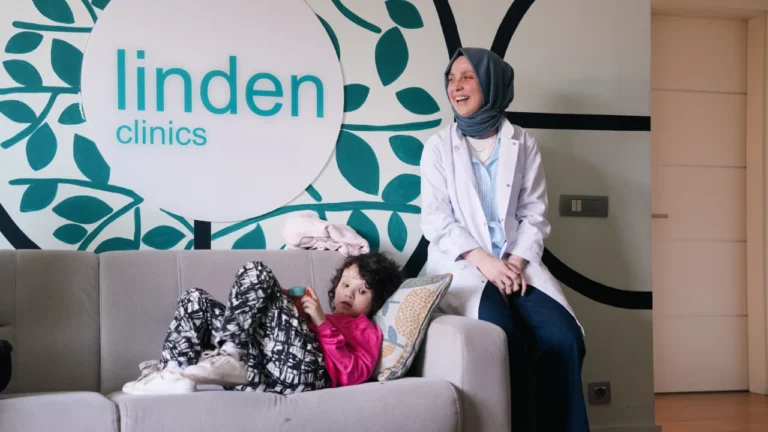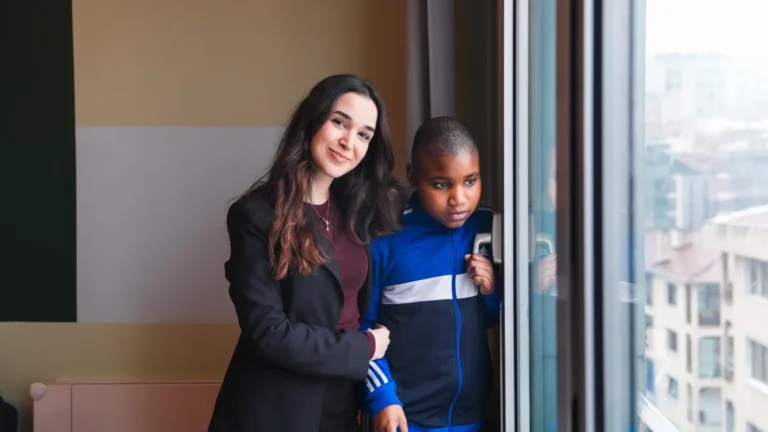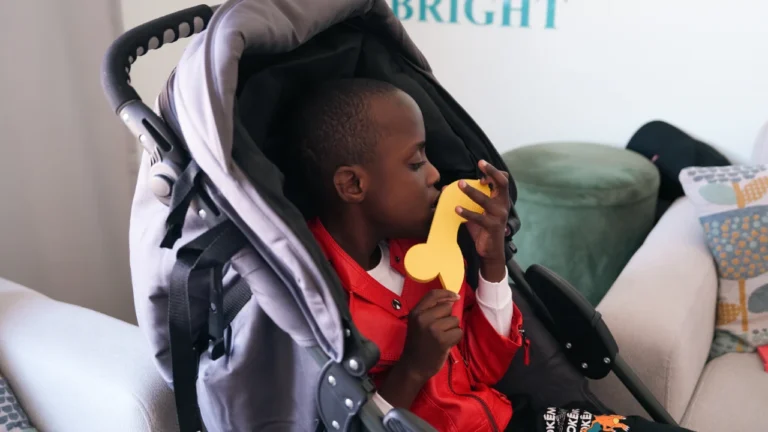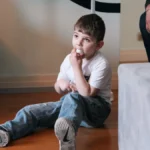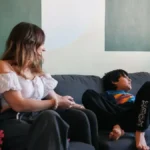The Best Fluffy Pancakes recipe you will fall in love with. Full of tips and tricks to help you make the best pancakes.
The Power of Home in Autism Support
For families raising autistic children, the home is more than a shelter—it’s a safe space for exploration, learning, healing, and joy. In this article, we’ll walk through simple yet impactful DIY activities designed to support emotional regulation, communication, and sensory integration. We’ll also touch on how families are integrating therapies like stem cell therapy for autism into their broader care plans, combining medical advancements with daily nurturing routines.
Table of Contents
1. DIY Sensory Activities: Calm and Focus at Home
Children on the spectrum often experience heightened sensory processing. Creating home-based sensory experiences can reduce anxiety and increase focus.
Easy-to-Try Ideas:
- Sensory Bins: Fill a box with rice, dry pasta, or water beads. Add small toys to encourage discovery and motor skills.
- Weighted Blankets or Lap Pads: Sew a simple weighted pad using rice or beans to help with calming.
- Calm Down Bottles: Combine water, glitter glue, and food coloring in a clear bottle for a soothing visual tool.
Clinical note: Research from the University of North Carolina TEACCH program suggests that tactile-based activities help regulate overstimulated nervous systems in autistic children.
2. Communication Boards & Visual Schedules
Consistency and predictability are essential. Visual aids can help children understand routines and express themselves more easily.
DIY Tools:
- PECS (Picture Exchange Communication System) boards made from velcro, printed images, and cardboard.
- Magnetic Daily Schedules using dry-erase boards or the fridge.
- Emotion Cards to help identify and label feelings.
“Visual supports promote autonomy and reduce behavioral frustration,” says Dr. Temple Grandin, autism advocate and researcher.
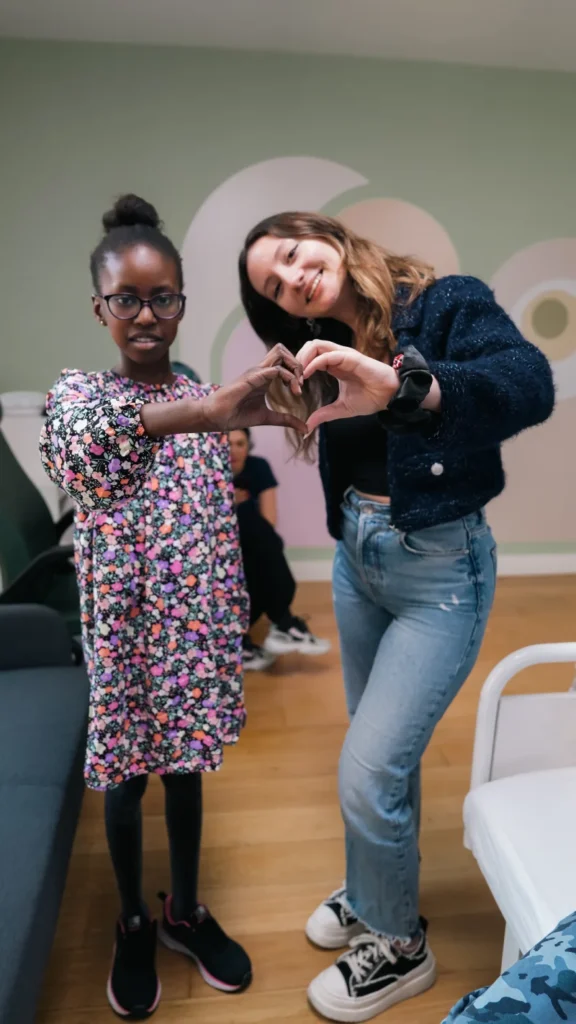
3. Creative Expression Through Music and Movement
Music stimulates both hemispheres of the brain and is especially effective for nonverbal children. You don’t need fancy tools—just rhythm and repetition.
At-Home Ideas:
- Make a DIY Drum Set using pots and wooden spoons
- Freeze Dance with pause/play music sessions
- Rhythm Imitation Games to enhance attention and memory
4. How Families Are Exploring Stem Cell Therapy at Home and Abroad
While at-home support is foundational, many parents are also considering emerging treatments. One such avenue is stem cell therapy for autism, which focuses on cellular repair and reducing neuroinflammation.
What to Know:
- Stem Cell Therapy for Autism Reviews report mixed outcomes, with some children showing improvements in behavior and speech.
- Families seeking the Best Stem Cell Clinics for Autism often explore reputable facilities in Panama, India, and the United States.
- According to recent Stem Cell Therapy Autism Clinical Trials, stem cells derived from cord blood or bone marrow may modulate immune response and improve connectivity.
“While stem cell therapy isn’t a universal cure, some families have noted reduced meltdowns and enhanced eye contact,” says Dr. Gerald Fishman, pediatric neurologist.
Cost & Considerations:
- Cost of Stem Cell Therapy for Autism: Ranges from $7,000 to $20,000+ depending on country and clinic.
- Be mindful of Stem Cell Therapy Autism Side Effects like fatigue or minor immune response, although adverse effects are generally rare.
- Use tools like Stem Cell Therapy Autism Near Me to locate licensed providers.
5. Building a Holistic Support System at Home
DIY routines are most effective when integrated into a broader strategy that includes medical care, behavior therapy, and community engagement.
Tips for Families:
- Mix structured and unstructured activities.
- Maintain visual consistency across rooms (labels, colors).
- Track improvements or reactions in a daily journal.
- Stay updated with Stem Cell Therapy Autism Research through clinical portals or advocacy groups.
Conclusion: Empowerment Begins at Home
Raising an autistic child requires patience, creativity, and information. Through DIY tools and structured routines, families can create empowering home environments. And for those exploring Stem Cell Therapy Autism Success Rate, medical innovation is bringing new hope. Whether it’s a glitter bottle or a clinical breakthrough, progress starts with care.
FAQ – Frequently Asked Questions
Are DIY activities enough to support an autistic child?
They are a valuable part of a larger plan that includes medical, behavioral, and emotional support.
How effective is stem cell therapy for autism?
Still considered investigational, but some families report notable cognitive and behavioral improvements. Results vary widely.
Are there any certified stem cell therapy autism clinics near me?
Use official registries or clinical trial databases to find licensed and compliant clinics.
What’s the safest way to try sensory activities at home?
Always supervise and test new materials first—avoid choking hazards or allergens.


